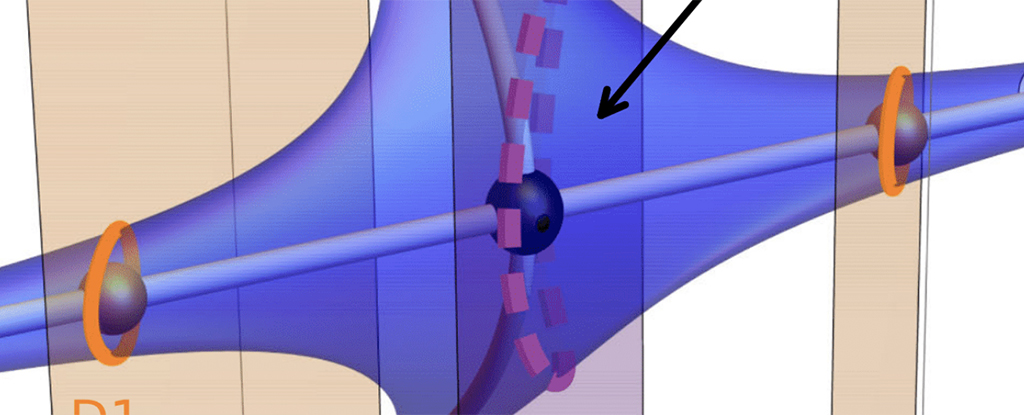This is an interesting take on how and why no two observers may be able to make their subjective experiences agree if there is no such thing as a single objective reality.
Perhaps we could model subjective conscious experience as a quantum wave function. If this were more fundamental than the quantum fields of QFT, it might be close to the concept of a "soul" - although it might conform more to concepts in Hinduism and Buddhism than in the monotheistic Abrahamic religions. It might also explain the Mandela effect.
"You say Mandela, I say mandala, let's call the whole thing off."
Perhaps one shouldn't Rashomon to judgement.
Perhaps we could model subjective conscious experience as a quantum wave function. If this were more fundamental than the quantum fields of QFT, it might be close to the concept of a "soul" - although it might conform more to concepts in Hinduism and Buddhism than in the monotheistic Abrahamic religions. It might also explain the Mandela effect.
"You say Mandela, I say mandala, let's call the whole thing off."
Perhaps one shouldn't Rashomon to judgement.
Last edited:








